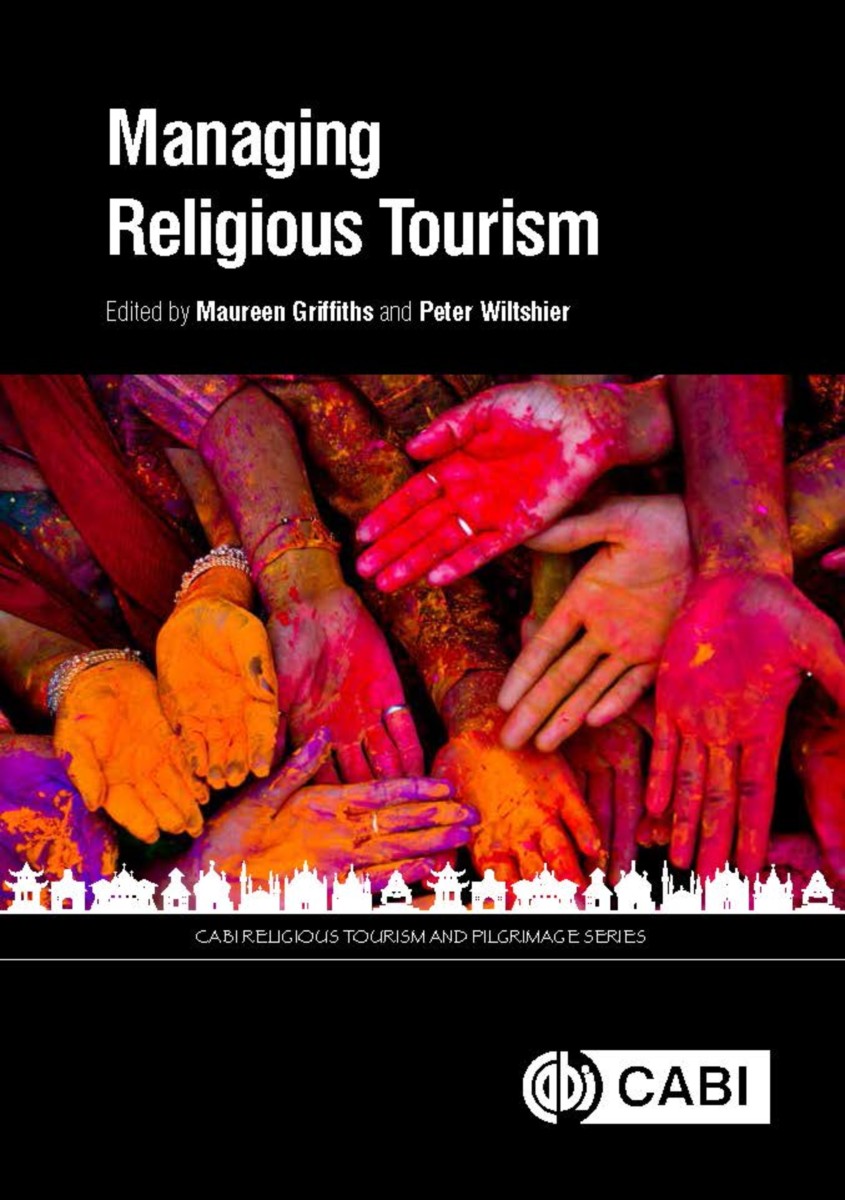Managing Religious Tourism
- Publisher
CABI - Published
15th April 2019 - ISBN 9781786393197
- Language English
- Pages 200 pp.
- Size 6.75" x 9.6"
Managing Religious Tourism provides a global view of tools and resources used in demand and supply management in the context of pilgrimage and religious tourism.
With a focus on toolkits and best-practices, the book reinforces the quality of service provision and offers reflection on consumers’ perspectives and intentions to purchase from a variety of destinations. This focus is complemented by the understanding of management responses to consumer behavior and mobility, accessibility, individualism and tourism for both sacred and secular purpose. A further focus looks at ways in which networks, partnerships and the conceptual stakeholder approach can be employed by religious tourism suppliers working with destination management organizations.
Key Features:
• Global perspectives on tools and management approaches and techniques
• Focus on sustainability in connecting sacred and secular consumers
• Aids learning and the development of an important tourism sector
1: Introduction
Part I: Theory
2: Managing the Sacred: A Governance Perspective for Religious Tourism Destinations
3: Innovation, Religion and Managing Value Creation: The World Heritage Site of the Archabbey of Pannonhalma, Hungary
4: Managing St John’s – Working for the Greater Good
Part II: Best Practice
5: Managing Visitors at Sacred Sites: The Case of Montserrat
6: Best Practice and Sacred Site Management: The Case of Temple Square in Salt Lake City, Utah
7: Tackling the Problems of Deficient Data when Planning for Religious Tourism Management
8: Issues and Approaches in Managing Visitors to Pagan Sacred Sites
Part III: Case Studies
9: Analysis of Territorial Development and Management Practices along the Way of St James in Galicia (Spain)
10: Managing Cultural Shift Within Religious Sites in UK and the Role of the Performing and Visual Arts as Transforming the Experiences of Visitors
11: Implications for Managed Visitor Experiences at Muktinath Temple (Chumig Gyatsa) in Nepal: A Netnography
12: The Impact of Development of Religious Tourism on the Host Community – A Case Study of Mount E’mei in China
13: Strategic Project Manresa 2022: Using Religious Tourism as a Keystone for the Revitalization of a Non-touristic and Non-religious City
14: Toolkit: Managing Relationship Marketing with Sacred and Secular Consumers
Maureen Griffiths
Maureen Griffiths teaches in the Department of Marketing at Monash University, is based on the Clayton campus, and is the Program Director BCom (Marketing Science). In 2011 she was awarded a Commendation for Outstanding Teaching and in February 2012 taught on the Masters program at the leading tourism school in Portugal, Escola Superior De Educação Instituto Politécnico De Viana Do Castelo. Her primary research interest is in religious tourism and she was an inaugural member of the International Religious Tourism and Pilgrimage Special Interest Group. Maureen is on the editorial board of the International Journal of Religious Tourism and Pilgrimage. In 2004 she participated in a Delphi group funded by the European Union as one of the world's ten leading experts in religious tourism. Maureen is a member of the Bayside Tourism Network, an advisory body to the City of Bayside and for four years was a judge for the Cardinia business awards. She is also Vice-President of the Australian Chapter of the International Institute for Peace Through Tourism.
Peter Wiltshier
Peter Wiltshier currently teaches at the University of Derby as a Senior Lecturer and Program Leader for Tourism Management, where his work aims to ensure that the public and private sectors collaborate together to develop resources and skills for communities, pursuing bottom-up planning and policy development. His current research focus is centred around small business and lifestyles in the Peak District. He is also working with the Diocese of Derby to identify how tourism can benefit churches, as well as evaluating the impacts of tourism on host communities through local government offices. He supports the county, district and parishes within Derbyshire and the Peak District in their endeavours to create a better environment for all through purposeful leisure and recreation. He is also a reviewer for the Journal of Marketing Management, the Journal of Tourism Management and the International Society of Travel & Tourism Educators (ISSTE).


